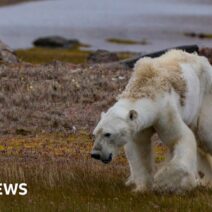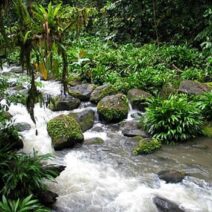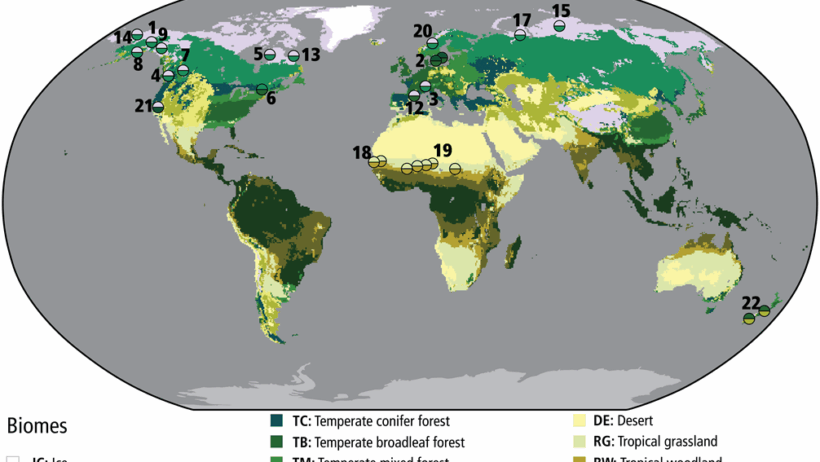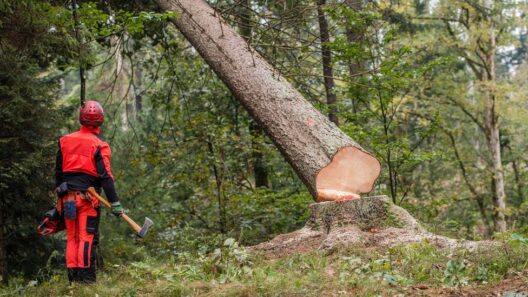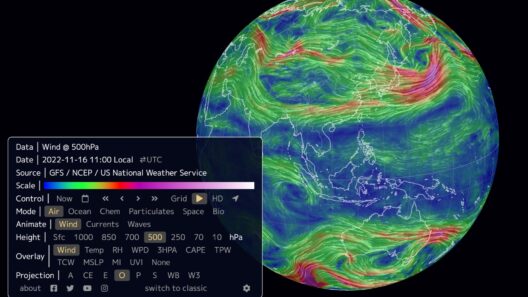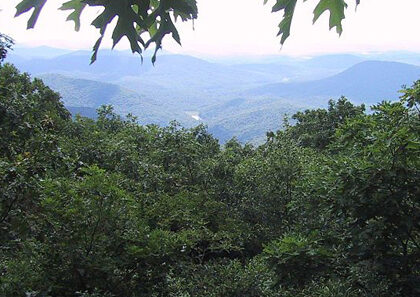It is a curious thought: as the planet warms, are ecosystems merely passive spectators, or are they evolving in response to the challenges posed by climate change? This question invites us to delve deeper into the phenomenon of ecological succession and how various biotic communities adjust to a rapidly changing environment. Succession refers to the process by which ecosystems transition from one community structure to another over time, often in response to disturbances or significant environmental changes. Understanding how climate influences these transitions is critical in an era characterized by unprecedented thermal shifts.
The process of succession unfolds in several stages, typically categorized as primary and secondary succession. Primary succession occurs on lifeless substrates, such as bare rock, where soils do not yet exist. This process begins with pioneering species, often mosses and lichens, which set the stage for more complex communities by breaking down rock and contributing organic matter. As temperature escalates, the mechanisms that drive primary succession may be altered. For instance, warmer conditions could expedite the weathering of rocks and enhance soil formation, potentially leading to an increased rate of colonization by flora and fauna.
In stark contrast, secondary succession takes place in areas where an ecosystem has been disturbed but where soil and some organisms remain intact. Examples include areas affected by wildfires, land clearing, or agricultural abandonment. Here, the resilience of ecosystems becomes apparent. With climate change resulting in more frequent and intense disturbances, the rates and patterns of secondary succession will inevitably be impacted. How might these ecosystems respond when faced with the compounded effects of warming temperatures and anthropogenic pressures?
Another layer of complexity arises when considering the diversity of species involved in these transitional communities. Biodiversity, the variety of life forms in a given area, plays a pivotal role in how ecosystems adapt to change. A rich tapestry of species can foster resilience, allowing ecosystems to better withstand environmental fluctuations. However, as global temperatures rise, certain species may experience thermal stress or shifts in their geographical ranges, resulting in localized extinctions or the migration of species toward cooler climates. This shift may lead to a mismatch in the timing of lifecycle events (phenology), further complicating the dynamics of succession.
Additionally, the interactions among species within these communities can be profoundly affected by climate change. As invasive species find new footholds in warmer climates, they may outcompete native species, thereby altering the trajectory of succession. Such competition and predation can destabilize established relationships within ecosystems, leading to unpredictable outcomes. Can we forecast which native species might thrive or decline in the face of looming climatic challenges?
One interesting aspect of climate change is its potential to catalyze shifts in biomes. Biomes represent large ecological areas characterized by distinct plant and animal communities adapted to specific climatic conditions. As temperatures rise, it is plausible that the geographical boundaries of these biomes may migrate. For instance, temperate forests may gradually transition toward the characteristics of subtropical or even tropical ecosystems. Such transitions raise questions about the capacity of ecosystems to sustain their existing biodiversity. Will the flora and fauna that once thrived under specific climate conditions adapt and migrate, or will they face extinction?
Moreover, soil composition and health cannot be overlooked during these discussions. Soil acts as a critical reservoir for nutrients and water, and its structure and biota are sensitive to climatic changes. Warming affects microbial activity and the nutrient cycling process, impacting vegetation growth and succession patterns. Healthy soils can facilitate successful succession, while degraded soils may hinder it. The effects of climate change on soil health present a formidable challenge: how can we enhance soil resilience in a shifting landscape?
Climate-induced ocean changes also echo through terrestrial ecosystems. Increasing seawater temperatures and ocean acidification can disrupt coastal ecosystems, influencing the vegetation and species found there. Coastal habitats such as mangroves and salt marshes are not only vital in providing nursery grounds for fish but also offer protection against storm surges and erosion. The fate of these critical ecosystems is intertwined with climate patterns. Could we see radical shifts in coastal succession patterns, impacting both marine and terrestrial organisms?
Importantly, human intervention plays a decisive role in shaping succession amid climate change. Land management practices, conservation efforts, or restoration projects can either facilitate or hinder natural recovery processes. As stewards of the environment, we must consider how our actions exacerbate or alleviate the impacts of climate change on ecological succession. The challenge lies not only in mitigating human-induced changes but also in bolstering the adaptive capacity of ecosystems.
In conclusion, the intricate relationship between succession and climate is a tapestry woven with multiple threads of complexity. As ecosystems respond to the warming world around them, they illustrate the delicate balance of resilience and vulnerability. The answers to the questions we pose today will shape our understanding of ecological responses in a time of upheaval. As we contemplate the nature of these changes, one is left to ponder: are we prepared to embrace the ecological transformations that lie ahead, or are we merely spectators in a drama that unfolds without us? Optimism must persist as we navigate these challenges and implement strategies to foster resilience and sustainability in our ecosystems.
